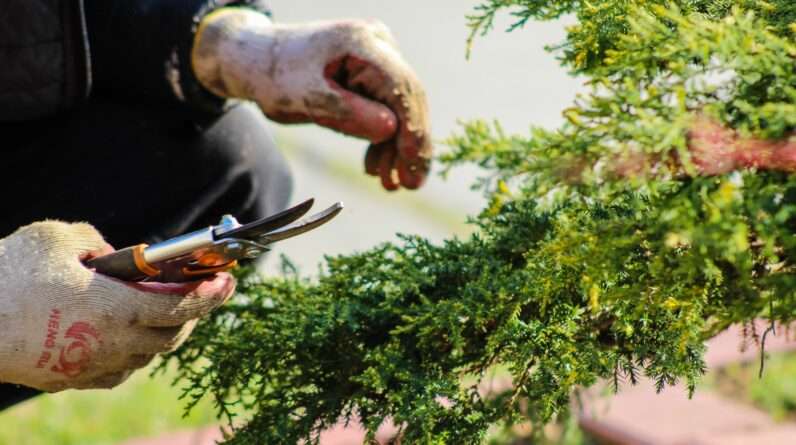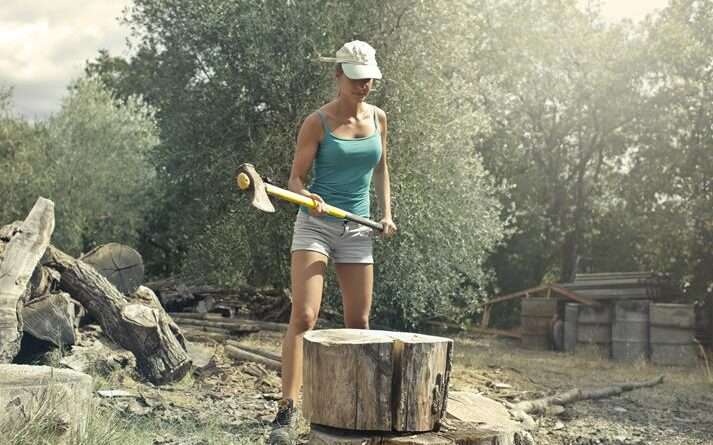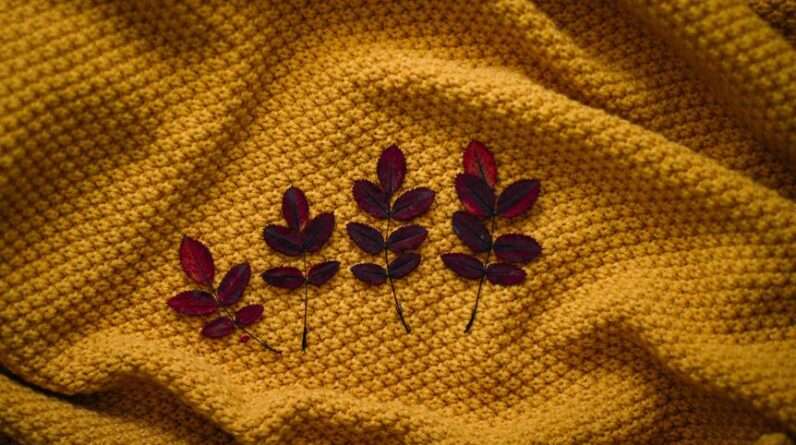
Are your shrubs and trees looking a bit unruly? Don't fret! Fall pruning is here to save the day and promote healthy growth.
In this article, we'll guide you through the essential techniques and tools for pruning your plants with precision.
Learn when to prune, how to shape your shrubs, and tips for nurturing tree growth.
Get ready to master the art of fall pruning and transform your garden into a flourishing masterpiece.
Key Takeaways
- Fall pruning promotes healthy growth and prevents diseases.
- Pruning in the fall shapes the plant and promotes better air circulation.
- Timing is important for fall pruning to ensure the best results.
- Proper tools and equipment, such as sharp pruning shears and a sturdy ladder, are necessary for safe and effective fall pruning.
The Importance of Fall Pruning
You should consider fall pruning to ensure the health and growth of your shrubs and trees. Fall pruning has several benefits that can contribute to the overall vitality of your plants.
Firstly, by removing dead or damaged branches, you can prevent the spread of diseases and pests, which tend to be more active during the warmer months. Additionally, pruning in the fall helps to shape the plant and promote better air circulation, reducing the risk of fungal infections.
However, it's important to avoid common mistakes in fall pruning, such as pruning too late in the season or removing too much foliage. Pruning too late can stimulate new growth that may not have enough time to harden off before winter, leading to frost damage. Removing excessive foliage can also weaken the plant and hinder its ability to survive the winter.
Therefore, it's crucial to follow proper pruning techniques and consult with a professional if needed.
When to Prune Shrubs and Trees in the Fall
Pruning your shrubs and trees in the fall can be best determined by considering the specific needs and characteristics of each individual plant. Fall pruning offers numerous benefits, such as promoting healthy growth, improving the overall appearance, and preventing diseases.
Timing is crucial when it comes to fall pruning. It's generally recommended to prune before the first frost hits, allowing enough time for the wounds to heal before winter. However, timing considerations may vary depending on the type of plant. For deciduous trees, it's advisable to wait until the leaves have fully dropped to ensure the best results. Evergreen shrubs, on the other hand, should be pruned earlier in the fall to avoid any frost damage.
Proper timing and techniques will help your shrubs and trees thrive, ensuring their long-term health and vitality.
Essential Tools and Equipment for Fall Pruning
To effectively tackle fall pruning, make sure to have both sharp pruning shears and a sturdy ladder. These essential tools will ensure that you're able to prune your shrubs and trees with precision and safety.
Here are four key items to consider when preparing for fall pruning:
- Sharp pruning shears: Dull shears can damage the branches and hinder the healing process of your plants. Keep your shears sharp to make clean cuts and promote healthy growth.
- Sturdy ladder: Safety is paramount when pruning tall trees or shrubs. Use a ladder that's stable and properly positioned to avoid accidents and injuries.
- Safety goggles and gloves: Protect your eyes and hands from sharp branches and debris. Safety goggles will shield your eyes, while gloves will provide a firm grip and prevent cuts.
- First aid kit: Accidents can happen, so it's important to have a first aid kit nearby. Be prepared to treat minor cuts and injuries promptly.
Techniques for Pruning Shrubs in the Fall
When it comes to fall pruning, it's important to be mindful of the different techniques for enhancing the health and growth of your shrubs. Fall pruning offers numerous benefits, such as stimulating new growth, improving air circulation, and preventing diseases. However, there are common mistakes that should be avoided to ensure the best results. Take a look at the table below to understand the do's and don'ts of fall pruning:
| Fall Pruning Benefits | Common Mistakes in Fall Pruning |
|---|---|
| Stimulates new growth | Pruning too late in the season |
| Improves air circulation | Over-pruning |
| Prevents diseases | Cutting too close to the trunk |
Tips for Pruning Trees to Promote Healthy Growth
You should regularly trim back any dead or diseased branches in order to encourage healthy growth in your trees. Fall is an ideal time to prune fruit trees, as they're dormant and less susceptible to disease. Here are some pruning techniques to promote healthy growth in your trees:
- Start by removing any dead or damaged branches. This won't only improve the tree's appearance but also prevent the spread of disease.
- Thin out crowded branches to improve air circulation and sunlight penetration. This will promote better fruit production and reduce the risk of fungal infections.
- Prune unwanted suckers and water sprouts. These vigorous shoots can drain energy from the tree and inhibit its growth.
- Avoid making flush cuts or leaving stubs. Make clean cuts just outside the branch collar to promote proper healing and minimize the risk of infection.
Common mistakes to avoid when pruning trees in the fall:
- Over-pruning: Pruning too much can weaken the tree and make it more susceptible to disease and pests.
- Pruning at the wrong time: Pruning too early or too late in the fall can disrupt the tree's natural growth cycle.
- Neglecting to sanitize your tools: Dirty tools can spread disease from one tree to another. Always clean and sanitize your pruning tools before and after each use.
- Ignoring safety precautions: Always wear protective gear, such as gloves and goggles, when pruning trees. Use proper pruning techniques to avoid accidents and injuries.
Frequently Asked Questions
Can Fall Pruning Be Done on All Types of Shrubs and Trees?
Yes, fall pruning can be done on most types of shrubs and trees. It's important to time your pruning correctly to maximize the benefits. Fall pruning promotes healthy growth by removing dead or damaged branches and shaping the plant.
What Are the Potential Risks or Drawbacks of Pruning Shrubs and Trees in the Fall?
Pruning shrubs and trees in the fall can have potential risks and drawbacks. It's important to be aware that excessive pruning can weaken the plants and leave them vulnerable to disease and extreme weather conditions.
Are There Any Specific Shrub or Tree Species That Should Not Be Pruned in the Fall?
When it comes to fall pruning, there are some shrub and tree species that should be exempt from the process. These exceptions are important to consider when following fall pruning guidelines for healthy growth.
How Often Should Shrubs and Trees Be Pruned in the Fall to Promote Healthy Growth?
To promote healthy growth, you should prune shrubs and trees in the fall. Fall pruning frequency varies depending on the species, but generally, it is recommended to prune every 2-3 years. The benefits of fall pruning include improved air circulation and reduced risk of disease.
Are There Any Special Considerations or Techniques for Pruning Mature or Older Shrubs and Trees in the Fall?
When pruning mature or older shrubs and trees in the fall, it's important to follow specific techniques to ensure healthy growth. Considerations include timing, selective pruning, and removing dead or diseased branches.












